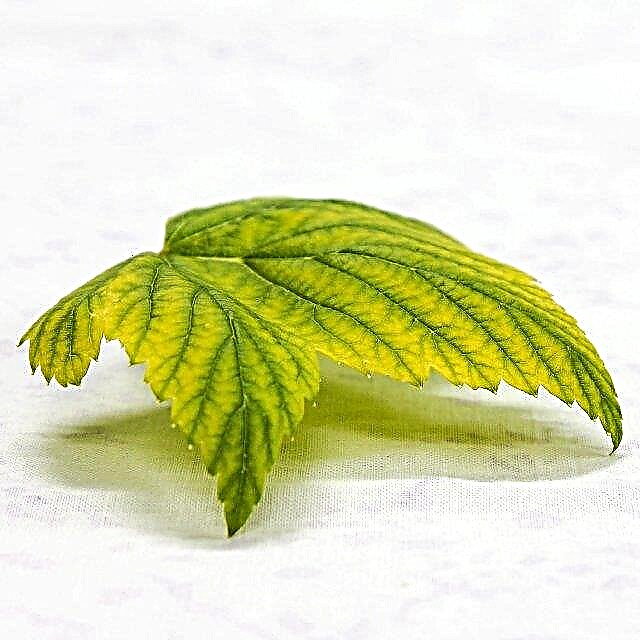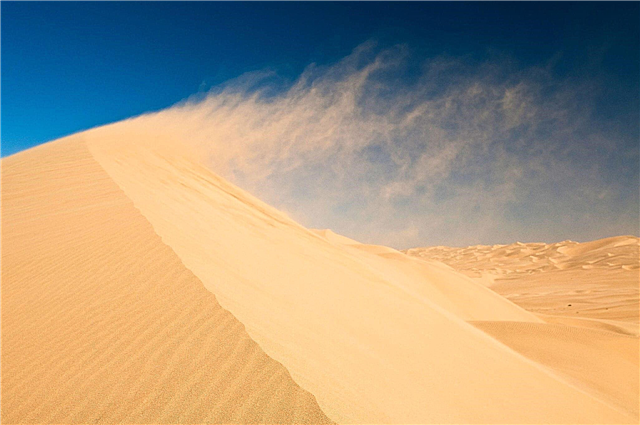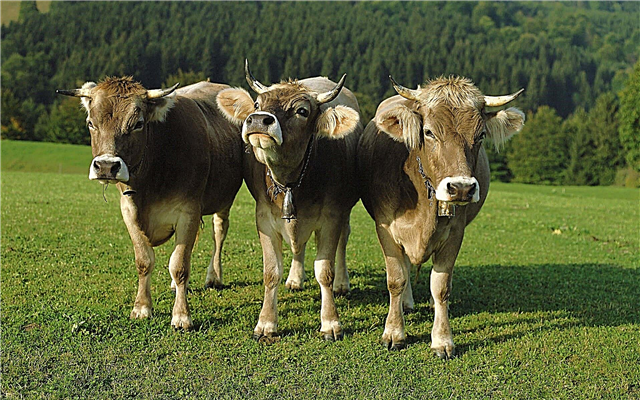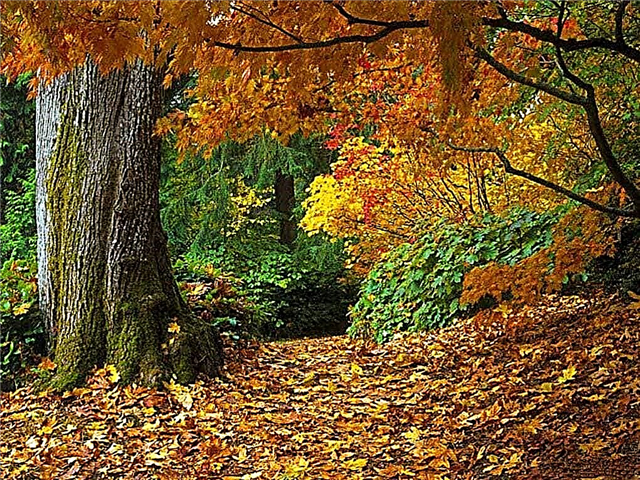
The nature of Russia is distinguished by its richness, a variety of animals lives in a vast territory that extends for as many as 11 time zones from west to east, and from north to south the landscape runs from tundra forests, ends with the Caucasus mountains and prairies. 70% of Russia is covered by temperate forests, which is as much as 20% of all forests in the world.
According to the data presented in the Red Book of the Russian Federation, 266 species of mammals and 780 species of birds were protected. This list includes brown bears, Amur tigers, leopards, Asian black bears and Eurasian lynxes.
The World Wide Fund for Nature has classified all regions of Russia into 13 bioregions, which as of 2012 have 101 reserves (strictly protected territories), covering more than 33.5 million hectares (82.7 million acres) and 38 national parks.
Regions of Russia and the number of reserves in each of them
- 8 in the Arctic region of Russia;
- 20 reserves in the Kola-Karelian and East European forests;
- 13 in the East European forest-steppe, Steppe and Caspian semi-desert;
- 9 in the Ural mountains;
- 6 in the Caucasus;
- 4 in the West Siberian forest;
- 4 in Central Siberia;
- 8 in the Altai-Sayan;
- 4 on Baikal;
- 4 in Transbaikalia;
- 15 to Amur Sakhalin;
- 5 in the Kamchatka-Okhotsk Sea.
The following regions are included in the UNESCO World Heritage List:
- virgin forests of Komi;
- Lake Baikal;
- volcanoes of Kamchatka;
- Altai mountains;
- Western Caucasus;
- Curonian Spit;
- Sikhote-Alin;
- Ubsu-Nur;
- Wrangel Island Nature Reserve.
Such a variety of natural areas, as well as a large number of reserves and an attentive attitude to the wild, help the populations of many unique animals survive and develop. Let's take a closer look at the most interesting representatives of the animal kingdom of Russia.
Mammals
In Russia, 266 species of mammals are registered, of which 5 are on the verge of extinction, 13 are considered endangered, 26 vulnerable and 6 close to vulnerable position.
Brown bear

A brown bear is a type of bear that is found across almost the entire latitude of Eurasia and North America. On the American continent, such bears are called grizzlies. This is one of the largest representatives of the predatory detachment, with which only its closest relative, a polar bear, can vary in size, the sizes of which vary from region to region, but on average polar bears are still larger.
Due to this distribution around the world, the brown bear has many subspecies. Several subspecies live in Russia.

Interesting video about a brown bear
European brown bear

European brown bear (lat. Ursus arctos arctos), lives throughout Europe, the western part of Russia and the Caucasus, and also further east up to the Novosibirsk region, where it slowly flows and mixes with another subspecies - the Siberian brown bear. The individuals of the European bear that live in Russia have a predominantly dark, densely brown color, but often brighter coat can also be found. The claws are dark. Representatives of the subspecies from Russia are much larger than its other relatives, possibly due to the fact that they are hunted less.
Siberian brown bear

Siberian brown bear lives almost throughout Siberia east of the Yenisei River. But can be found in the vast territories of China and Kazakhstan. Most of the representatives of this subspecies are dark in color, but some may be lighter, like the usual brown bear. The skull is slightly larger than the rest of the subspecies.
Japanese or Ussuri brown bear

The Ussuri brown bear lives on the Kuril Islands, Sakhalin, in the area of the Amur arm. Also lives in China and Japan.Individuals can vary greatly in size, for example, Russian bears are much larger than those burned in Japan. The color is dark, some even call it black grizzly.
Interesting fact: brown bear cubs are born during hibernation. Toddlers drink milk and warm themselves with their mother’s fur.
Amur tiger

This subspecies of tigers lives in the eastern part of Russia in birch forests, and are found in China and Korea. It is worth saying that the climate in which this amazing species lives is much harsher than that of other tigers, but there are some pluses to this - this area is considered less populated by people than any other where these graceful cats live. Also, the forest industry in the region is underdeveloped, which is why tigers have a lot of room for development and survival, although it is worth saying that the subspecies is vulnerable.

Tigers live alone and with special aggression defend their territories. They are skilled hunters, walking many kilometers for prey. They feed on wild boars and moose during night hunting. The characteristic tiger camouflage helps a huge cat go unnoticed until the very last moment. Hungry this subspecies of tigers can eat up to 27 kilograms per meal.
The animal is large - from 178 to 208 centimeters in length, the average male grows to 195, while the length of the female varies greatly from 167 to 182 centimeters. Tigers can weigh up to 212 kilograms.
Reindeer

Reindeer are found in the northern regions of North America, Europe, Asia and Greenland. When summer is approaching, this bewitching animal begins its journey to the north - this phenomenon is rightfully considered one of the largest migrations in the entire animal world. They can walk up to 1,000 kilometers. At the end of their journey, they are reinforced by abundant grass and other plants of the tundra, eating 5 kilograms each day. With the onset of winter, it is time to head south to spend the coldest time of the year in warmer areas.
Reindeer are distinguished by huge hooves that help to survive in harsh climatic conditions. They help the animal not to fall into the snow and row in the water. The lower part of the hoof resembles a scoop, which helps the animal easily dig out various roots, and the sharp edges help break ice.
Females usually have a length of 162–205 cm and weigh 80–120 kg. Males, as a rule, are longer than 180–214 cm and usually weigh 159–182 kg. But they found individual individuals that could weigh up to 318 kg.
Interesting fact: reindeer is the only deer species in which both males and females have horns.
Saiga

This animal, which is unusual at first glance, lives in Kalmykia, the Astrakhan region, the Altai Republic, if we are talking about Russia, but it is also found in Mongolia, Kazakhstan, Uzbekistan and Kyrgyzstan.
Saiga are usually the size of a small goat - males weigh around 40 kg, and females weigh 27 kg. They live in the steppes, arid regions that cover large areas of Eastern Europe and most of Central Asia.
Despite their awkward running gait, during which the head is lowered and the short legs move in tandem on both sides, the saiga can accelerate to 80 kilometers per hour with prolonged migration. The main feature of the appearance of the animal is its unusual nose, which is actually extremely useful for survival - large bags help to extract valuable moisture from the exhaled air, as well as warm the inhaled cold air.
Unfortunately, over 15 years after the collapse of the Soviet Union, 95% of the saiga population died out, which led to the fact that now this rare and unusual antelope is one of the closest species to extinction on Earth.
European beaver

Beavers, as you know, are one of the few animals that can use their talents to create a new landscape in which they live. They live on the banks of rivers and lakes.They can create ideal settlements for themselves from unfavorable habitats by building dams and mud structures. Beavers bite trees with their powerful teeth and jaws, using these materials for their own purposes - so they can block the flow of water, turning fields and meadows into large ponds in which they love to live.
These large rodents move awkwardly on the ground, but are more than graceful in the water — they use their webbed hind legs as fins, and the large flat tail as a helm. These tools help the beaver accelerate to 8 km / h in water. They can remain under water for up to 15 minutes, and their transparent eyelids act as swimming goggles. Their fur is naturally oily and water resistant.
These animals are active all winter, swim and feed in their ponds, even when a layer of ice covers the surface of the reservoir.
Birds
A total of 780 bird species live in Russia. So Russia is home to an impressive number of birds. Some of them nest here all year, while some are migratory, but spend most of their life in the vast expanses of the country.
Gray crane

Beautiful plumage and bewitching mating dances of cranes made them famous and loved by the whole world. These birds are found in various cultures of the world. The gray crane is a medium-sized crane; it is one of four subspecies of the crane that are not endangered, but despite this, the vast territories of natural habitat of birds continue to be destroyed.
This is a large stately bird, whose length is from 100 to 130 cm, and the wingspan reaches 2.5 meters. Body weight varies from 3 to 6 kg. The color is almost completely gray. The head, on the other hand, has a red “crown” and a white stripe extending to the back.
Interesting fact: every two years, before migration, the adult gray crane undergoes full molt, remaining unable to fly for six weeks until new feathers grow.
Owl

The front disc of this majestic bird is yellowish brown, but sometimes specks of black-brown color appear. The face is very different from the general plumage, which makes the muzzle very marked. The upper body is brownish black. Dark spots on the sides and back of the neck, as well as on the pale base of the color of the back and shoulder blades. The tail is dark red. The loin and the upper part of the tail are covered with a delicate pattern and a thin wavy strip.
In length reach 58-71 cm. Wingspan up to 200 centimeters. Eagle owls weigh from 1.5 to 4.2 kg. Females are mostly heavier than males.
Eagle owls are active mainly at dawn. During the day, they rest alone or in pairs on trees or rock crevices. Soft blows of the wings practically do not sway the air and therefore make no sound - huge wings with a small body allow the owl to cover long distances with one or two flaps.
Bullfinch

Bullfinch is a small bird from 15 to 17 cm in length, wingspan 25 cm, and usually weigh around 23 g. The male has a gray plumage. The base of the tail is white and contrasts with the blackish tail. The wings are blackish, with only one light stripe. The lower body is pink-red. The head has a black crown, nape, nose and chin. The cheeks and throat are pink and red. The eyes are black. The short and conical beak is black.
Bullfinch is a shy and quiet bird. Often you can see how it flies from bush to bush. In winter and spring, he loves to eat kidneys, thereby causing significant damage to gardens. Often live in pairs or small family groups. Usually they live in trees and only occasionally descend to the ground. In the spring, up to 50 individuals can gather in flocks.
Reptiles
In the vastness of Russia, up to 70 species of various reptiles live.
Common viper

This poisonous snake lives on a vast territory - starting from the cold shores of England, moving to the expanses of France, and from there to the very Pacific coast of Russia.Although the snake looks evil and aggressive, in fact it is very shy and timid. The snake has a clear zigzag black pattern that runs throughout her body. It grows to an average length of 60 centimeters and weighs an average of 120 grams.
The diet consists of small mammals, lizards, birds, spiders and worms. The common viper is found in meadows, forests, swamps, sandy semi-deserts and on the shores of lakes. Despite the constant destruction of natural habitats, the snake continues to find new places where it develops and maintains its population.
Caucasian Agama

The Caucasian Agama (Paralaudakia caucasia) is a species of lizard found in Turkey, Russia, Iraq, Iran, Afghanistan and Pakistan. It grows to an average length of 15 centimeters and weighs about 90 grams. It inhabits mainly deserts, shrubs and mountain meadows. It feeds on insects, small vertebrates, berries and flower buds. There is little information about the lizard population, and therefore further research is needed to more accurately analyze this remarkable species.
Amphibians
In Russia there is a wide variety of untouched ecosystems, especially in the adjoining regions of the taiga and subarctic tundra of Siberia. There are up to 27 species of amphibians, some of which are endemic.
Black spotted frog

This species of frog lives in the Amur Valley. Has a forked big tongue. The frog's paws are webbed. The pupil is horizontal. Despite the fact that she prefers to live in the lowlands, the spotted frog can also be found in a variety of places, such as meadows, forests or even deserts. The frog is able to adapt, so the human influence on it is not as strong as, say, on other animal species, but still the constant destruction of the natural environment adversely affects the population.
Siberian Frog

The body of the Siberian tree frog is grayish or gray-brown with small dark spots. The abdomen is white with large irregular and dimly expressed red spots. The habitat is mainly limited to lowlands, although, as in the past case, it is sometimes found in forests. The Siberian frog hibernates in September-November and remains in a dream until May, although it may wake up earlier - it all depends on latitude. They live from 5 to 11 years.
Asia Minor Newt
The Asia Minor Newt lives in coniferous forests, mixed deciduous forests, temperate forests, rivers and freshwater wetlands. Reproduction occurs in lakes, ponds, drainage channels and any other places with high humidity. Lays 50-100 eggs at a time. Triton lives in large areas, but their borders are constantly narrowing due to human influence in the form of pollution of wetlands.












